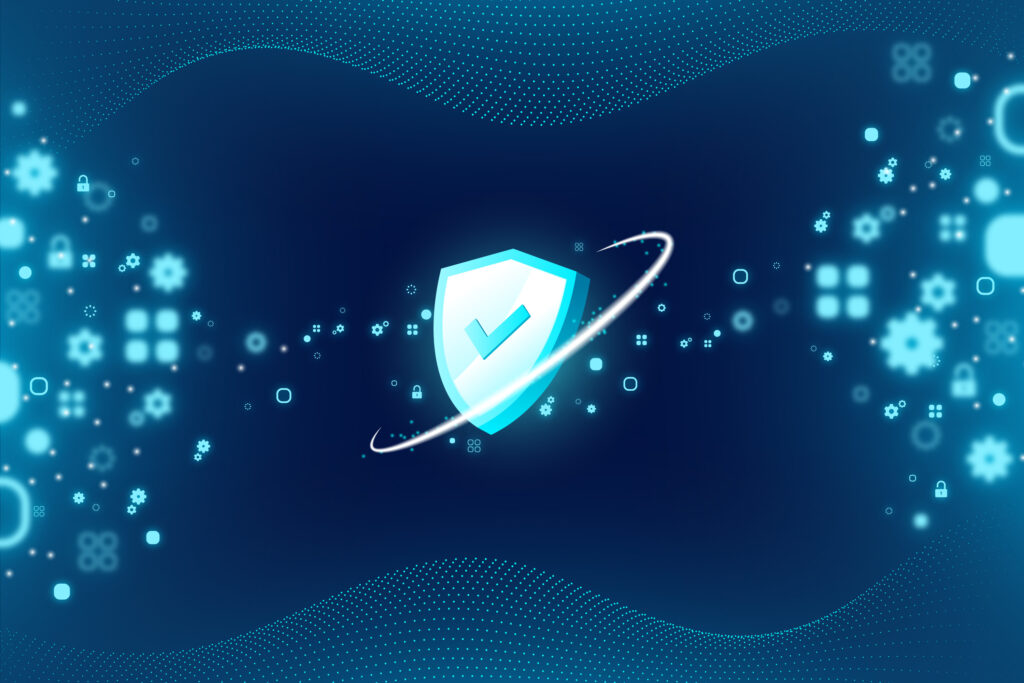In an increasingly digitized world, where our lives are intricately intertwined with the internet and technology, the need for digital security has never been more pressing. From personal communication and financial transactions to critical infrastructure and national security, the stakes are high when it comes to safeguarding our digital presence. So, what does it take to be digitally secure in this digital age?

Understanding Digital Security:
Digital security, often referred to as cybersecurity, encompasses a wide range of practices, technologies, and behaviors aimed at protecting our digital information and systems from unauthorized access, damage, theft, and other threats. In essence, it’s about ensuring the confidentiality, integrity, and availability of digital assets.
The Ever-Evolving Threat Landscape:
Before delving into what it takes to be digitally secure, it’s essential to acknowledge the dynamic nature of the threat landscape. Cyber threats are constantly evolving, becoming more sophisticated and pervasive. From malware and phishing attacks to data breaches and ransomware, the tactics employed by cybercriminals are ever-changing. Therefore, the strategies and measures to counter these threats must evolve as well.
1. Strong and Unique Passwords:
One of the most fundamental aspects of digital security is having strong and unique passwords for your online accounts. Weak, easily guessable passwords are a significant vulnerability. It’s crucial to use a combination of upper and lower-case letters, numbers, and special characters. Moreover, avoid using the same password for multiple accounts. Consider using a password manager to generate and store complex passwords securely.
2. Multi-Factor Authentication (MFA):
Even with a strong password, it’s still possible for unauthorized individuals to gain access to your accounts. This is where multi-factor authentication (MFA) comes into play. MFA adds an extra layer of security by requiring users to provide at least two different forms of verification before granting access. Typically, this includes something you know (password) and something you have (a mobile device or hardware token).
3. Regular Software Updates:
Software vulnerabilities are often exploited by cybercriminals to gain access to systems. To mitigate this risk, it’s essential to keep all software, including operating systems, applications, and antivirus programs, up-to-date. Software updates frequently include security patches that address known vulnerabilities.
4. Safe Browsing Practices:
Phishing attacks, where cybercriminals attempt to trick individuals into revealing sensitive information, are rampant. Being digitally secure requires vigilant browsing practices. Avoid clicking on suspicious links or downloading attachments from unknown sources. Be cautious when sharing personal or financial information online and only do so on secure, trusted websites.
5. Secure Wi-Fi Networks:
Home and public Wi-Fi networks can be vulnerable points of entry for cybercriminals. Ensure that your home network is secured with a strong password and encryption. When using public Wi-Fi, consider using a virtual private network (VPN) to encrypt your internet connection and protect your data from eavesdropping.
6. Data Backup and Recovery:
Ransomware attacks can result in the loss of critical data. To mitigate this risk, regularly back up your data to a secure, offline location. This ensures that even if your data is compromised, you can restore it without paying a ransom.
7. Employee Training and Awareness:
In the corporate world, digital security is a collective effort. Organizations should invest in employee training and awareness programs to educate their staff about potential threats and best practices for digital security. Employees are often the first line of defense against cyberattacks.
8. Network Security:
For businesses and individuals alike, network security is paramount. Implementing firewalls, intrusion detection systems, and regular network monitoring can help identify and mitigate security threats in real-time.
9. Cyber Hygiene:
Practicing good cyber hygiene is an ongoing process. It involves regularly reviewing and updating your security measures, staying informed about emerging threats, and being cautious about what you share online. Being digitally secure is not a one-time effort; it requires continuous attention.
10. Collaboration and Information Sharing:
In the face of ever-evolving cyber threats, collaboration and information sharing among individuals, organizations, and governments are vital. Threat intelligence sharing can help identify and respond to threats more effectively, ultimately enhancing digital security on a global scale.
Conclusion:
In today’s digital age, being digitally secure is not an option but a necessity. The consequences of digital breaches can be far-reaching and devastating. Whether you’re an individual protecting your personal information or an organization safeguarding critical data, the principles of digital security remain the same: strong passwords, multi-factor authentication, regular updates, safe browsing practices, secure networks, data backups, education, and ongoing vigilance. By taking these measures seriously and staying proactive in the face of evolving threats, we can navigate the digital world with greater confidence and security.